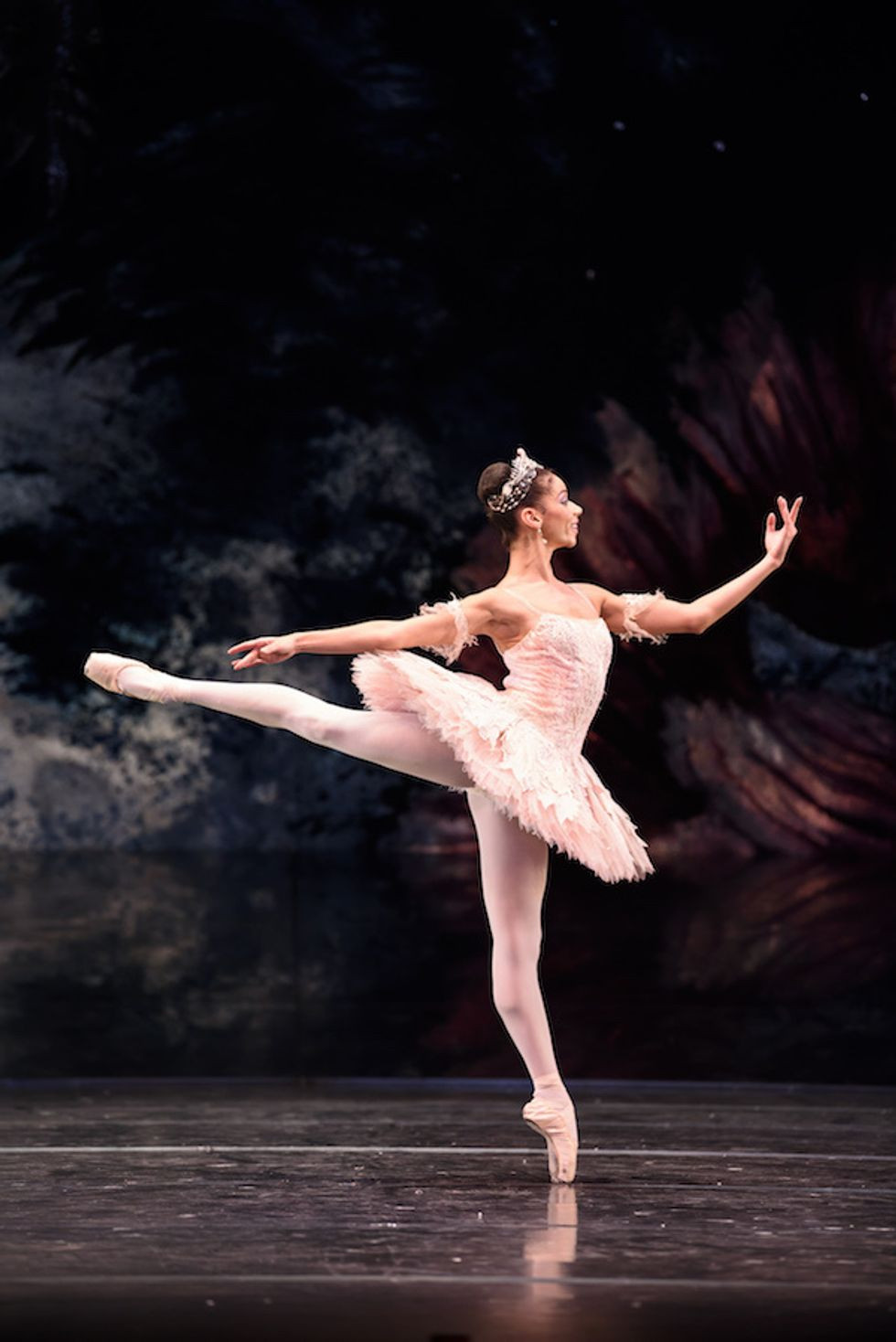For many ballet dancers, performing in The Nutcracker is a cherished tradition, and the role of the Sugar Plum Fairy is particularly special. In a traditional production choreographed by Sir Peter Wright, one dancer shares her insights into embodying this iconic character. The preparation for such a role is intense, especially with limited rehearsal time after a long autumn season. Dancers often begin their own research and practice, even before formal rehearsals commence, focusing on the grand pas de deux to ensure they are performance-ready. This involves drawing inspiration from various sources, including social media and observing other dancers’ interpretations, to develop a unique approach to the role. Self-critique through video recording of rehearsals also plays a vital part in refining technique and elevating the overall performance quality.
In certain stagings of The Nutcracker, the character of Clara herself performs the pas de deux in Act II. However, in this particular production, Clara and the Sugar Plum Fairy are distinct. The magical transformation occurs after the “Waltz of the Flowers,” when Drosselmeyer presents Clara with a doll in a pink tutu. In a moment of theatrical illusion, Clara disappears behind Drosselmeyer’s cloak, seemingly transforming into the enchanting Sugar Plum Fairy. This sets the stage for the iconic pas de deux, a highlight of the ballet.
The Sugar Plum Fairy pas de deux opens with a captivating stillness. Before the music swells, the prince and the Sugar Plum Fairy gracefully move around the stage, creating a moment of connection with the audience. For the dancer, this is an opportunity to communicate the essence of the character beyond mere technical execution. While technical steps are crucial, conveying the character’s emotions and story is paramount. This dancer’s interpretation focuses on maintaining Clara’s sense of wonder and amazement, even in her transformed state as the regal Sugar Plum Fairy. She aims to express gratitude to Drosselmeyer for this magical metamorphosis into a beautiful ballerina doll, enriching the depth and emotional resonance of her Dance With Sugar Plum Fairy character.
 Celine Gittens as the Sugar Plum Fairy in Birmingham Royal Ballet's Nutcracker
Celine Gittens as the Sugar Plum Fairy in Birmingham Royal Ballet's Nutcracker
Photo of Celine Gittens performing the Sugar Plum Fairy dance in the Birmingham Royal Ballet’s Nutcracker production, captured by Bill Cooper.
As the music for the pas de deux builds in intensity, the challenge lies in finding the perfect balance. The Sugar Plum Fairy must embody delicacy, classical grace, and an upright carriage, while simultaneously projecting strength and command. Guidance from experienced coaches like Sir Peter Wright emphasizes the power of stillness. These moments of pause are crucial for creating dynamic variation within the performance, particularly in the Sugar Plum Fairy’s solo. Playing with the music, while remaining precisely on the beat, captivates the audience’s attention and prevents the performance from becoming monotonous. Sir Peter Wright also encourages dancers to fully commit to each step with energy and precision, bringing a vibrant attack to the movements.
The true magic of performing the dance with Sugar Plum Fairy extends beyond the stage. The dancer recounts the heartwarming experience of seeing young audience members, dressed in their own tutus and dresses, twirling with joy outside the theater after the performance. This visual reminder underscores the inspiring impact of The Nutcracker. It demonstrates how the performance transports audiences to a realm of magic, mystery, and excitement, leaving them with a sense of upliftment and wonder.
Gittens’ pro tip: “In the studio, technique comes first. But once you have your first stage rehearsal, you need to transition your focus to the performance aspect and be very free.”
